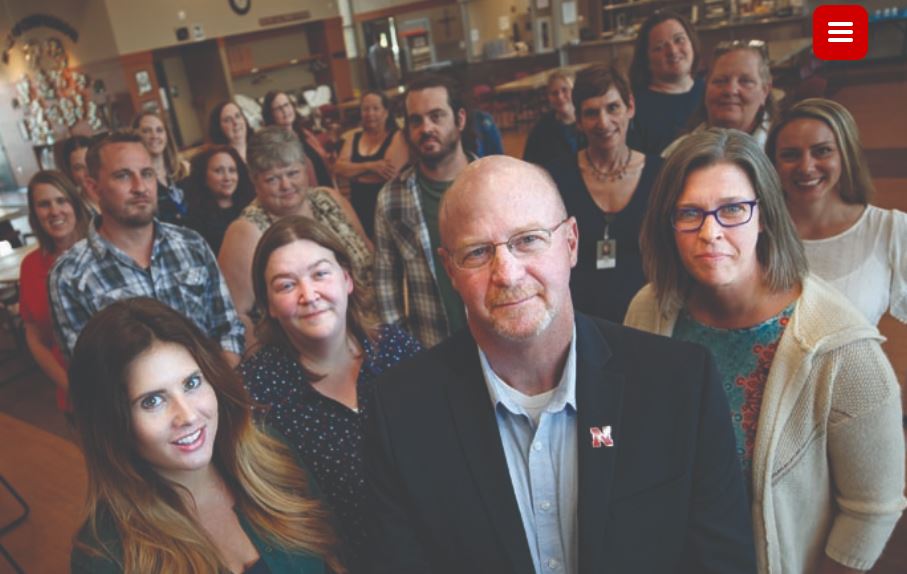
As seen in UNL's Research at Nebraska 2018-2019 Report:
Homelessness Among Rural Youth
Homelessness in rural America, while less visible than its urban counterpart, is equally pervasive and just as difficult to overcome.
Nebraska’s Center on Children, Families and the Law leads a collaborative effort to prevent and end homelessness among young adults in rural Nebraska. It’s one of 11 projects funded nationwide in 2018 by the U.S. Department of Housing and Urban Development’s Youth Homelessness Demonstration program.
“There’s homelessness in all parts of Nebraska,” said Jeffrey M. Chambers, CCFL project director. “Emergency shelters are extremely limited so there’s nowhere to go if you find yourself without a place to stay.”
People often end up couch surfing or living in a car, which typically are unstable conditions that focus attention on daily survival, not the future.
CCFL partnered with numerous state and local entities as well as youth who have experienced homelessness to develop a coordinated plan to prevent homelessness and support 18- to 24-year-olds in rural Nebraska who are already homeless.
Young people who experience homelessness are more likely to become homeless later in life, Chambers said. Transitioning into adulthood is difficult, particularly for those without family support. Nearly 30% of homeless young adults spent time in foster care.
The plan includes programs to find stable housing based on need and available resources, including identifying host homes, providing rapid temporary housing and finding permanent solutions for people with disabilities.
Other programs help recipients learn to navigate community services, access available rentals and meet educational and employment goals.
“To the extent we can keep youth from becoming homeless and get them on the right track with education, employment and permanent connections, the better off they’re going to be long term,” Chambers said.
Since 2003, CCFL has provided planning, training, database support, analysis and reporting to support state and local agencies combating homelessness. This extensive background provided valuable guidance for this new statewide effort.
HUD provided $3.28 million for the plan’s development and a year of implementation. Successful projects may receive ongoing HUD support and national promotion.